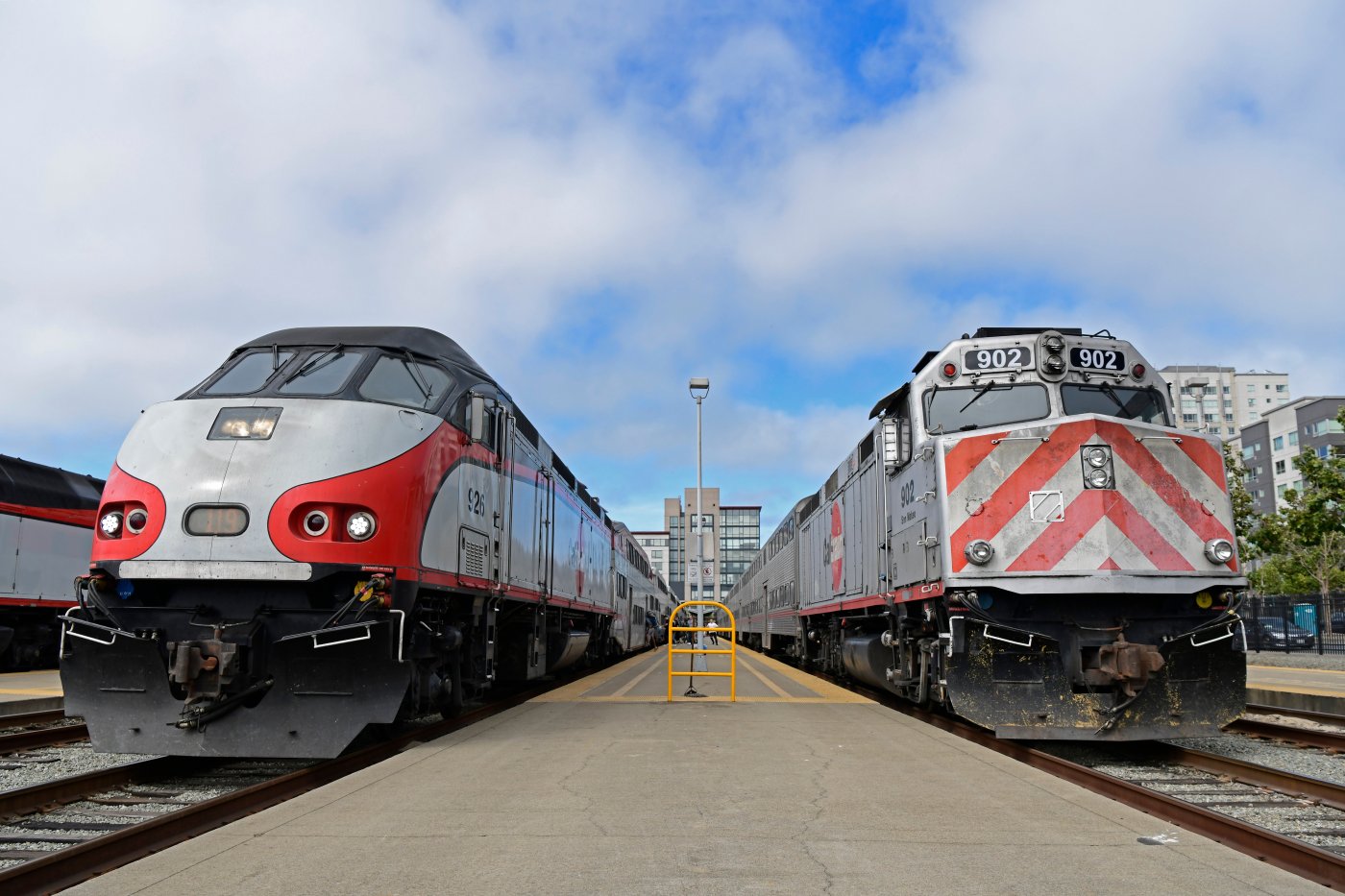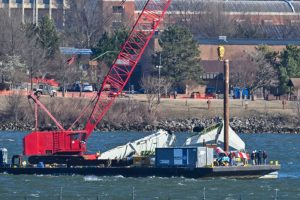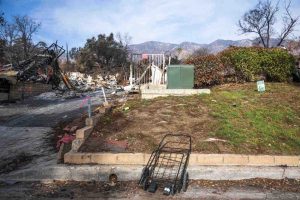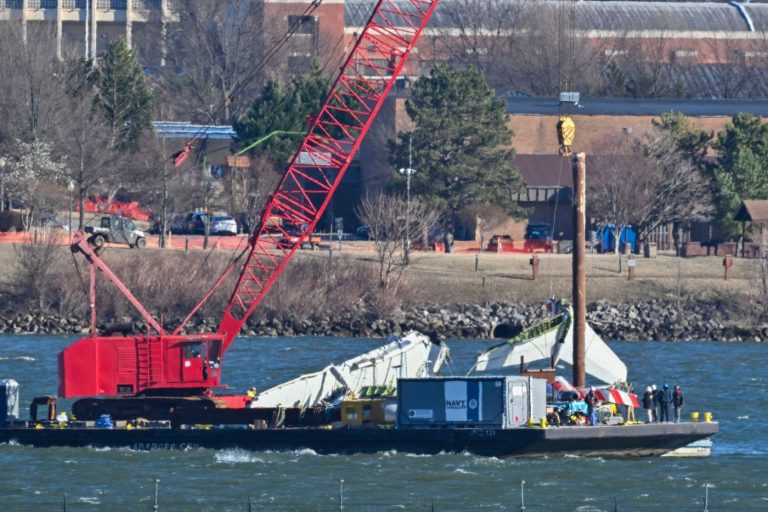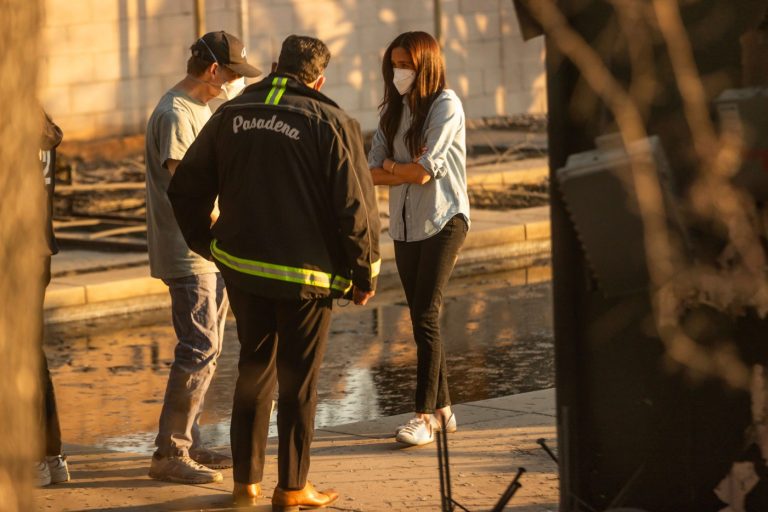After Caltrain completed electrifying tracks between San Francisco and San Jose, the agency found itself stuck with now-obsolete rail cars and diesel engines. Working with the U.S. State Department, the railroad came up with the novel idea of donating the cars to a transportation agency in Peru.
But this donation, expected to be completed this March, has upset state Sen. Dave Cortese, who believes that diesel train cars should be taken out of service whenever possible to prevent them from continuing to produce greenhouse gas emissions. Cortese is now sponsoring legislation, SB 30, to prevent similar transfers of diesel rolling stock in the future. The legislation is poorly conceived and should not become law.
Far from the climate disaster that Cortese alleges, the donation of Caltrain cars to Peru promises to be a huge win for greenhouse gas reduction.
Peru plans to run the former Caltrain cars on a track connecting downtown Lima to the city of Chosica. Limited freight service operates along some of this line but there is no passenger service.
It has been so long since passenger service operated between these stations that Peru turned its downtown Lima rail station into a literary exhibition center. Fortunately, the government left enough station infrastructure in place to accommodate both commuters and book lovers.
The roughly 25 miles of track on which the Caltrain cars are slated to run are not electrified. They will require some upgrades just to support diesel passenger service.
Electrifying its system was not a financial option in Peru. Although the country would probably have to pay considerably less than the $2.4 billion Caltrain spent to electrify its Peninsula tracks, the lower middle-income country could scarcely afford even a significant fraction of the cost Caltrain incurred.
Nevertheless, replacing legacy bus commutes with diesel train trips will reduce pollution and greenhouse gas emissions, especially if the legacy Caltrain cars are full. Since a large proportion of Lima-area residents cannot afford cars and since those that do often wish to avoid nightmare vehicle commutes, demand for faster rail service using the Caltrain rolling stock is likely to be quite high. Commuters typically use buses to commute into Lima, but these are usually older vehicles that belch out copious amounts of black smoke. The vehicles also worsen traffic on Lima’s major thoroughfares, increasing idling by cars and trucks, which are rarely electric.
Once in operation, the secondhand trains from the United States should reach 100 miles per hour, which will shorten the travel time for its users compared to riding in the old buses or driving in thick traffic.
Denying Peru the legacy Caltrain fleet would have effectively denied the nation the opportunity to introduce rail service to its populous capital — service that will sharply reduce pollution and greenhouse gas emissions in and around Lima.
Related Articles
As EV vehicles get heavier, they’re also getting more dangerous, safety experts say
Pacific Coast Highway reopens after deadly fires; proof-of-residence or entry passes required in burn areas
Propeller plane skids off runway during landing at Palo Alto Airport
Me & My Car: 1916 Hudson in East Bay big, comfortable unless it’s raining
Will the batteries that power electric buses stall California’s zero-emission mandates?
Yet Cortese has proposed legislation that would cut off future opportunities for California agencies to help developing countries add transit options.
The impetus for Cortese’s bill seems to be climate perfectionism. But the perfect should not be the enemy of the good. Even in affluent California, diesel train service remains alive and well, with no immediate plans to remove it. The Capitol Corridor and Altamont Commuter Express are long-running diesel services while the eBART shuttle service between Bay Point and Antioch in Contra Costa County and the Sonoma Marin Area Rail Transit service have been added in the last decade.
Destroying useful rail equipment that could instead reduce pollution and improve life in the developing world simply does not make sense.
Marc Joffe is president of the Contra Costa Taxpayers Association and lives in Walnut Creek. His wife, Maria Gioia, who recently retired as operations manager at a venture capital firm, grew up in Lima.
